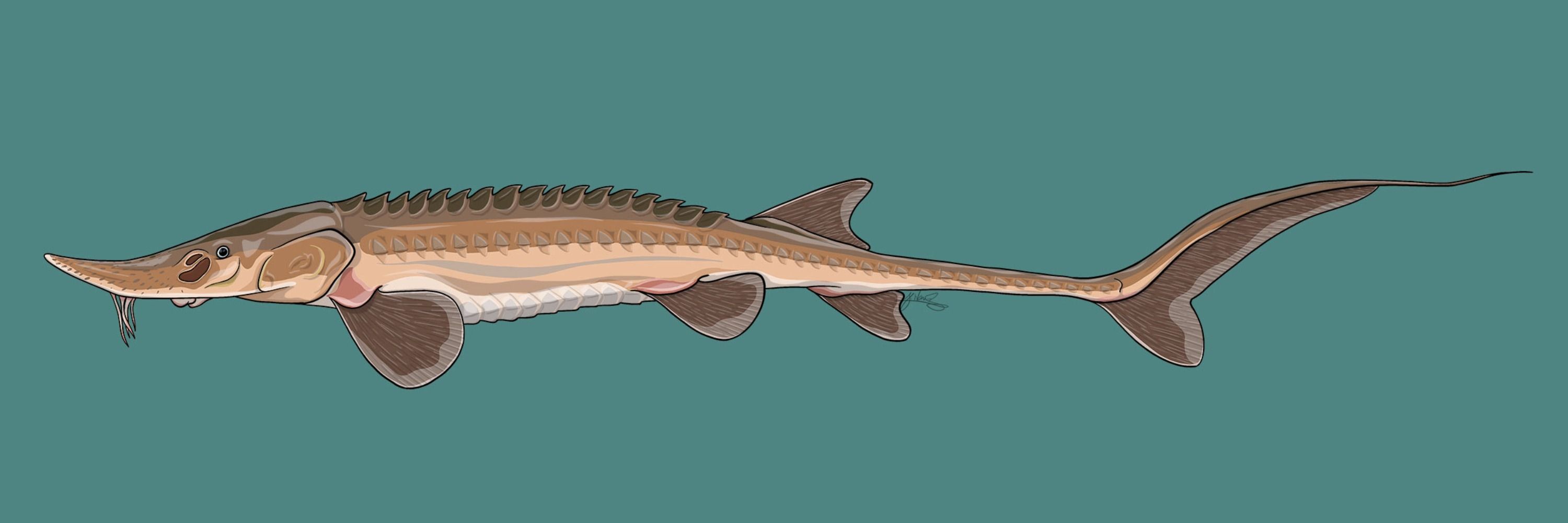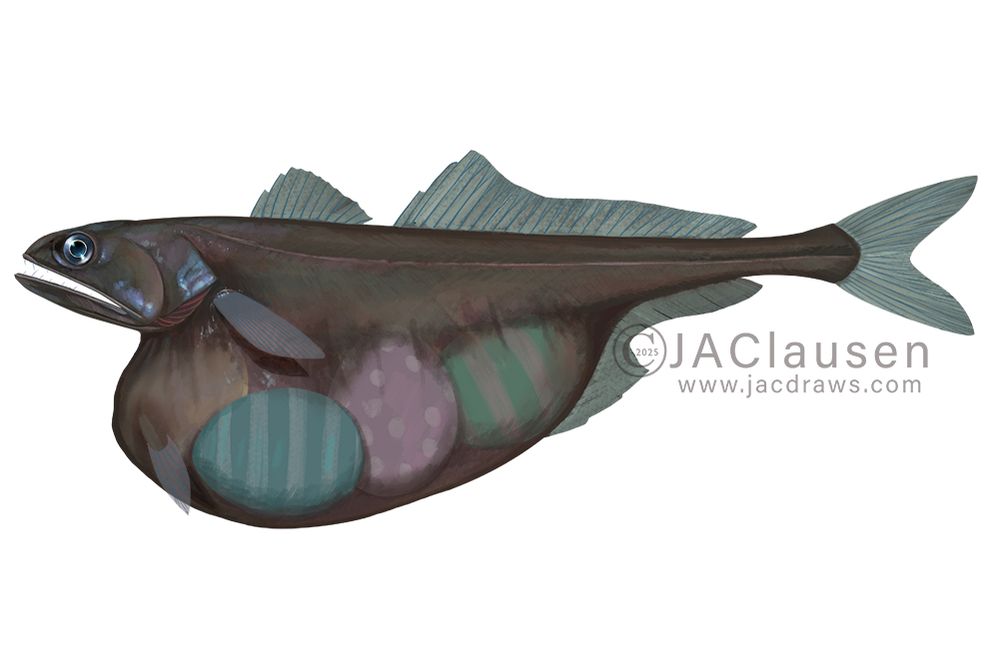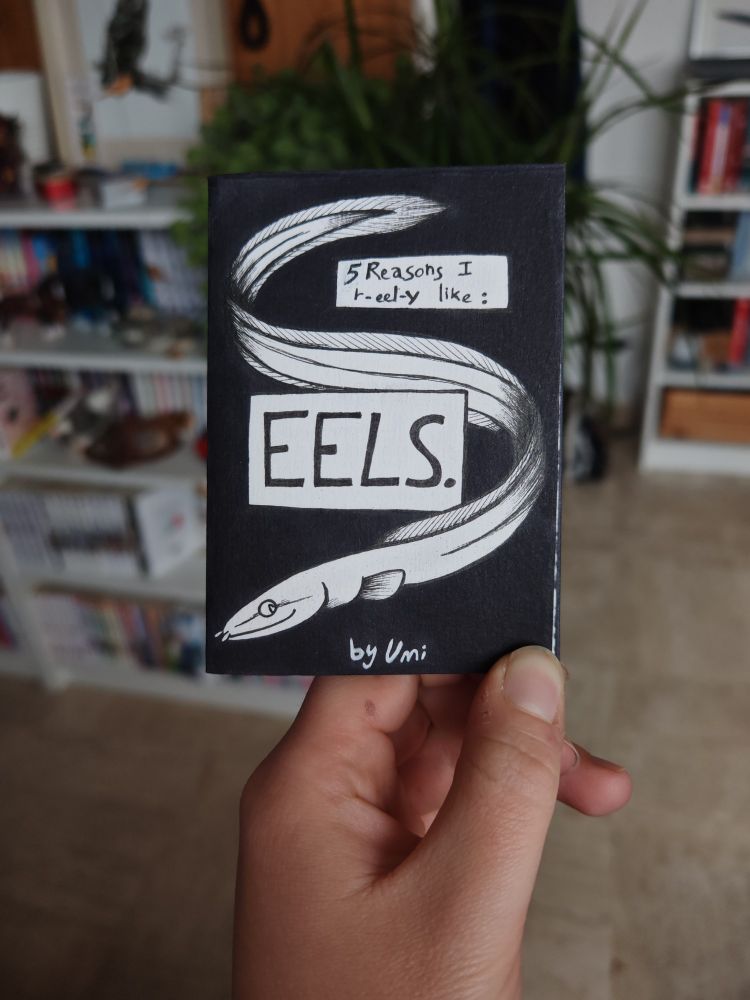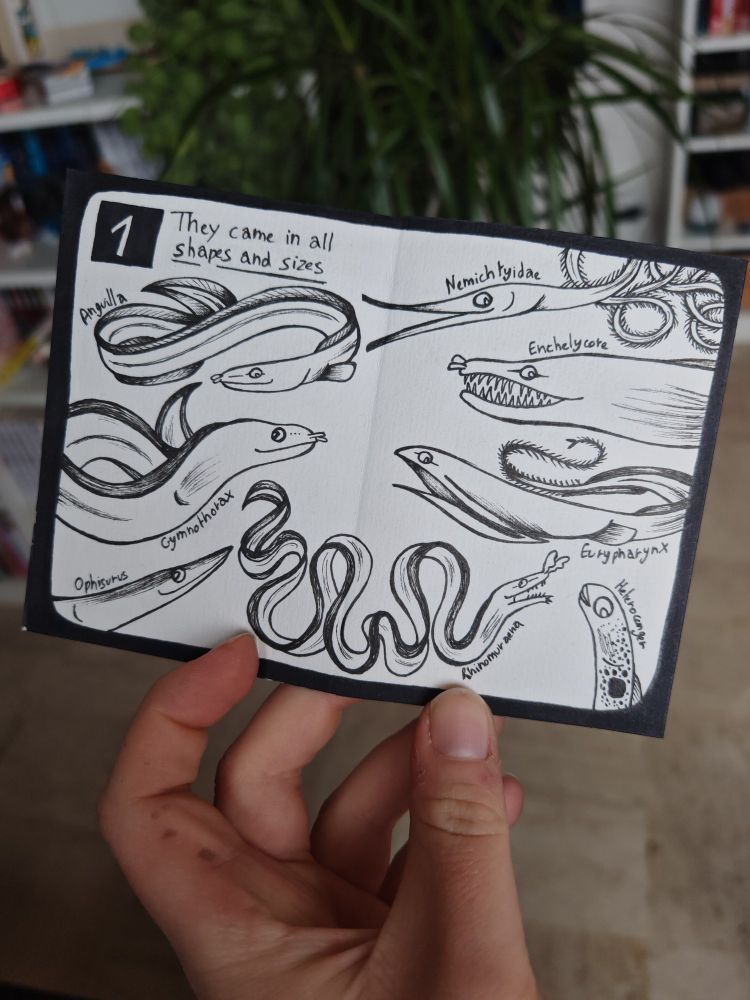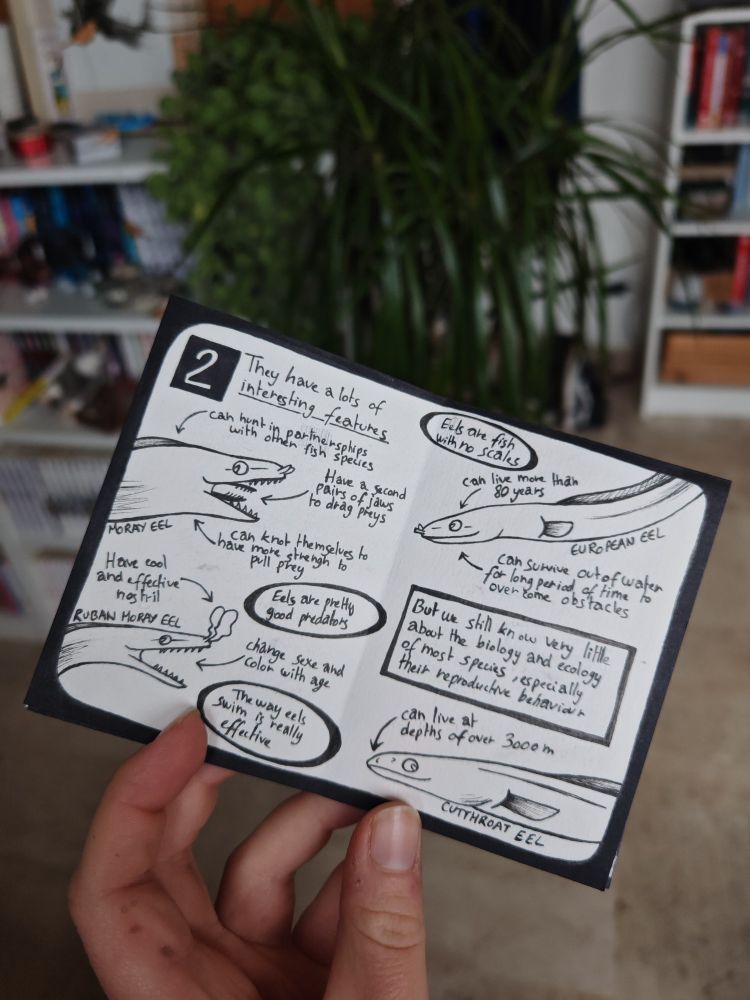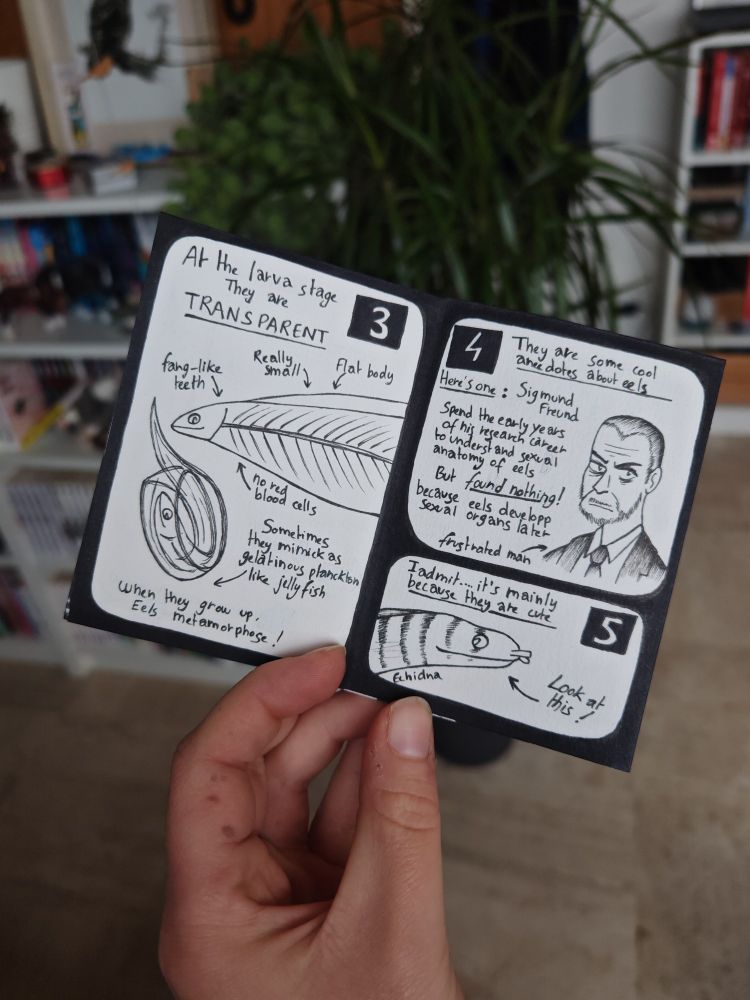Justin Waraniak
@marathon-rana.bsky.social
370 followers
520 following
57 posts
Molecular ecologist, focusing on landscape genetics and conservation of freshwater ecosystems.
Postdoctoral Researcher, PA Fish & Wildlife Co-op at Penn State
he/him/they/them
Digital illustrator: www.marathonrana.com (Commissions Open)
Posts
Media
Videos
Starter Packs
Reposted by Justin Waraniak
Reposted by Justin Waraniak
Reposted by Justin Waraniak
Katie O'Reilly
@drkatfish.bsky.social
· May 19
Reposted by Justin Waraniak
Reposted by Justin Waraniak
Reposted by Justin Waraniak
Reposted by Justin Waraniak
